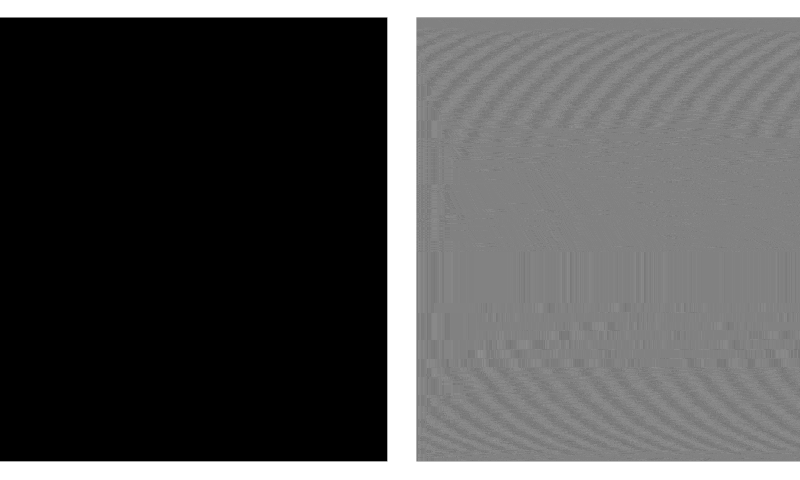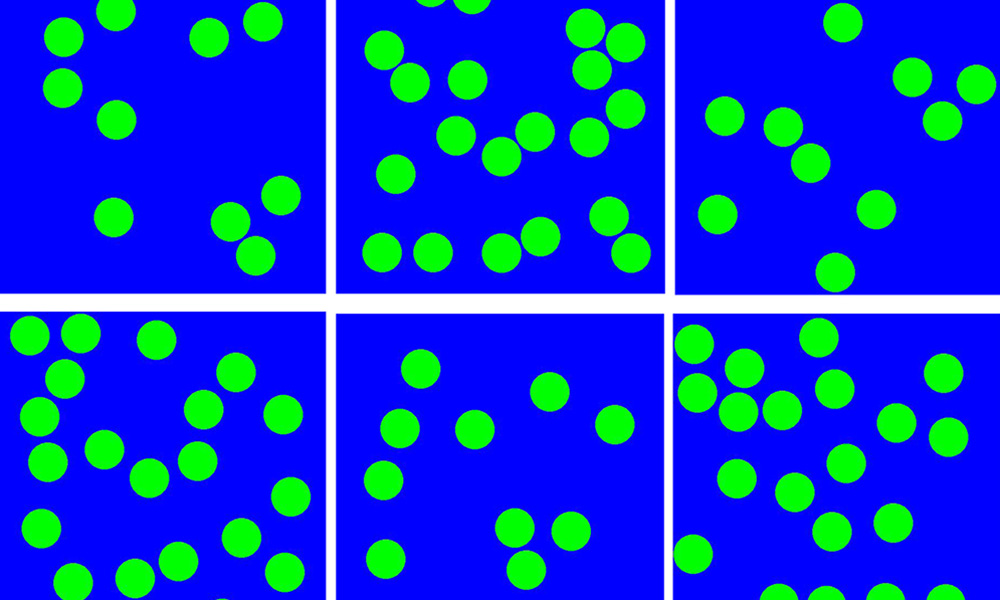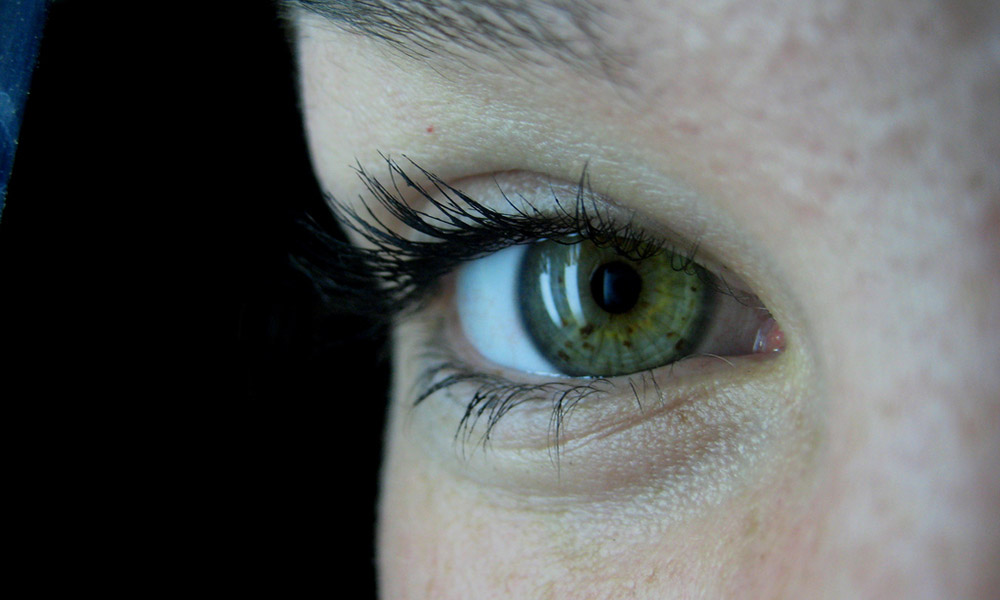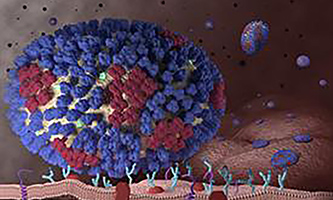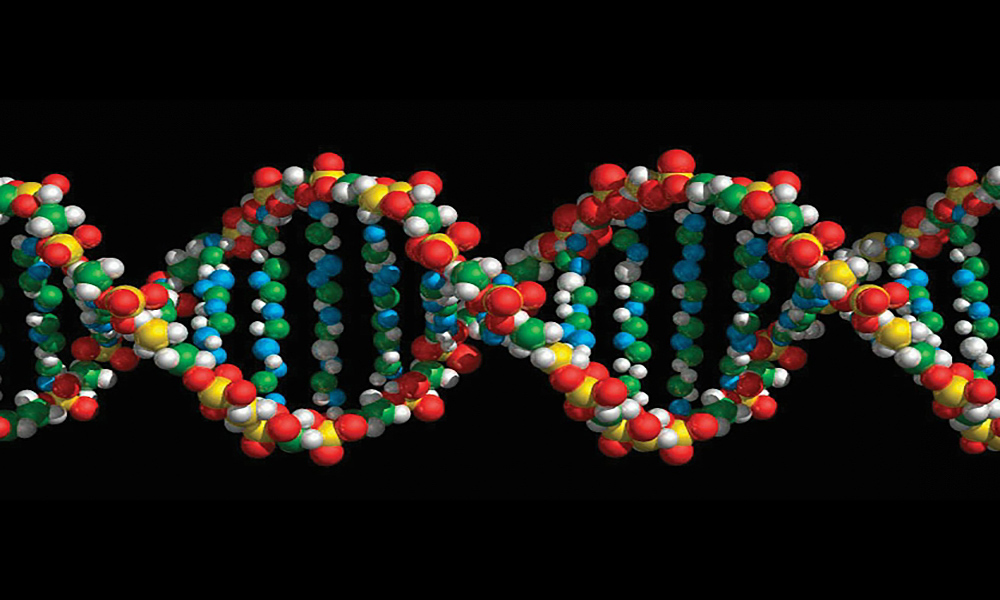
Science & Technology
Study identifies key factor in DNA damage associated with aging
March 3, 2017
There are many examples of DNA damage being associated with aging, but never has a reduction in DNA damage been shown to extend lifespan. Rochester research has made this connection, and identified an enzyme that can be targeted to reduce that damage.




